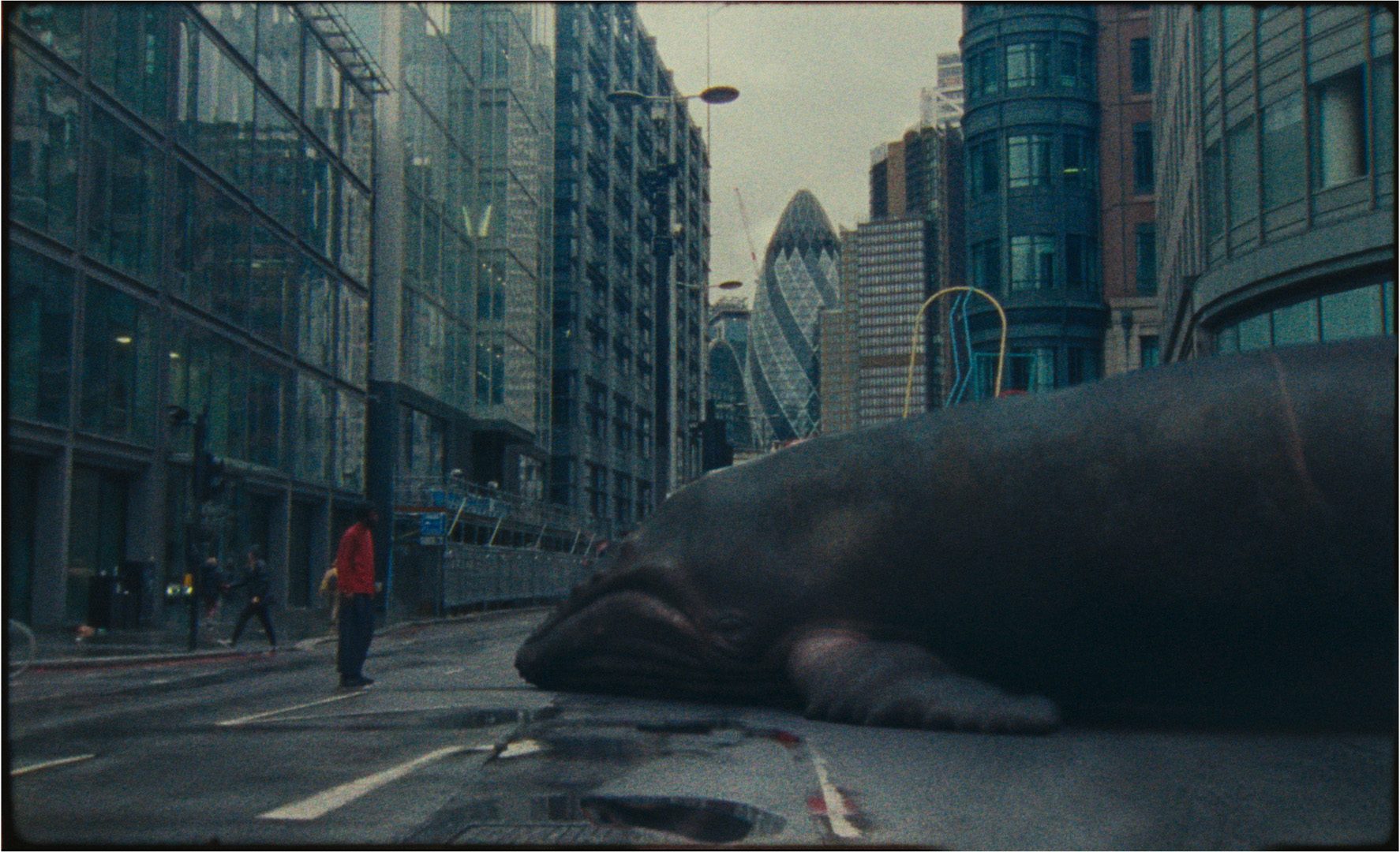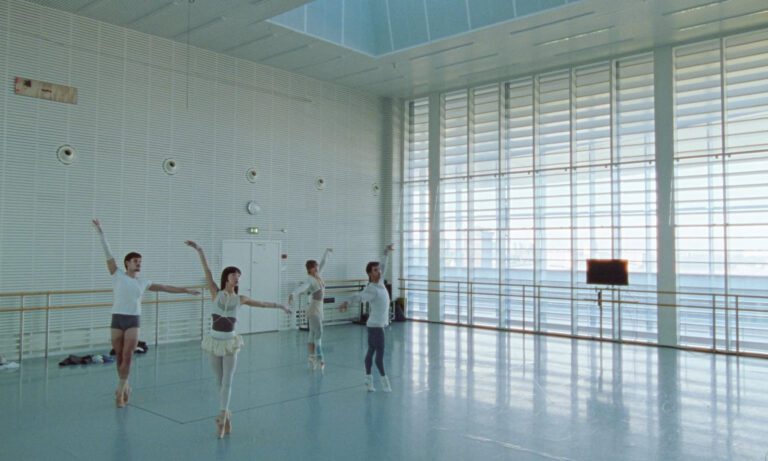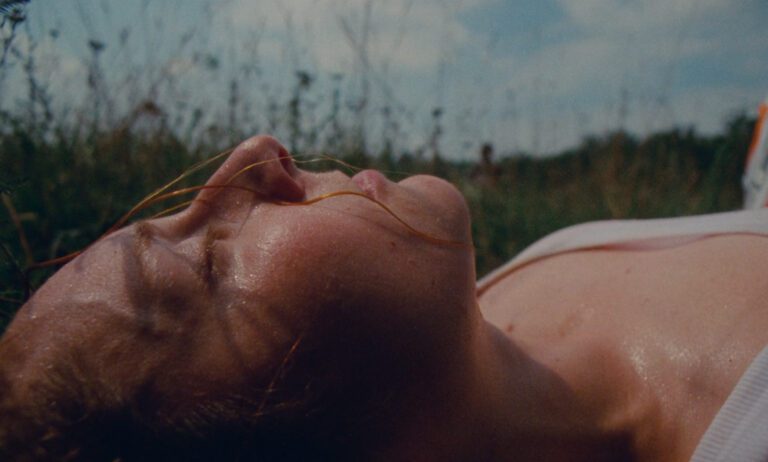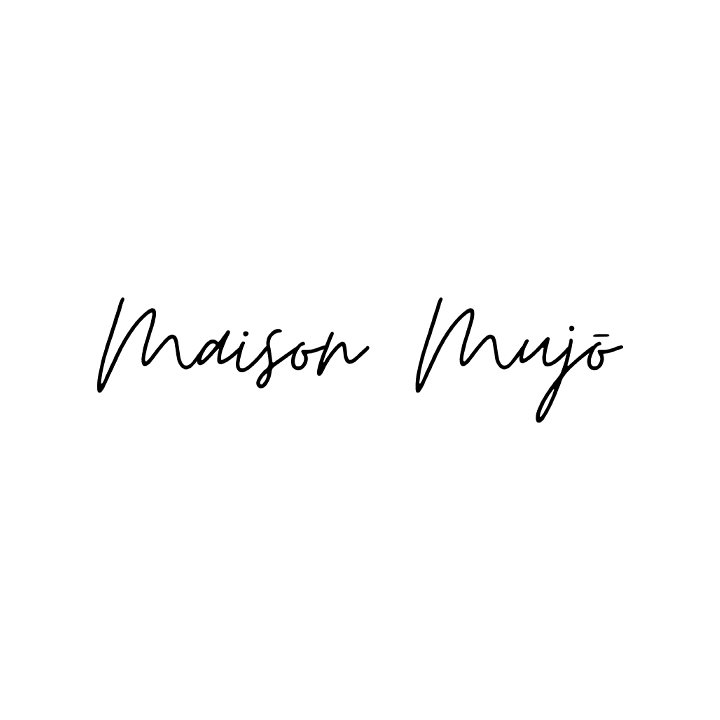Suggested Terms
Director
Location
Format
Festival
Agency
Production Company
Record Label
Award
Douglas Bernardt directs ‘Inside The Blind Iris’. Exploring oppression and the absence of belonging. Set in the main character’s confused state of mind, dancers appear as haunting spirits and memories, as he journeys in search of his own self.
Country
- United Kingdom
Production Company
Credits
-
Director
-
Executive Producer
Hannah BellilLee Griffiths
-
Producer
Shea Coleman
-
Choreographer
Botis Seva
-
Director of Photography
Harry Wheeler →
-
Production Designer
Carolina EmiliozziHugo Harris
-
Costume Designer
Neesha Champaneria
-
MUA
Sinead McGowan
-
Colourist
Osmar Junior →
-
Editor
Lucas Moesch →
















